Mass migrations are some of the most spectacular events in the natural world. Animals travel in their thousands on foot or on the wing to follow food available in different seasons, to find water, or reach the best places to breed.
They face incredible hardships as they travel hundreds of miles over harsh terrain, or cross fast-flowing rivers, and many will not reach their destination. Travelling together gives some safety in numbers, but the herds are usually followed by hungry predators.
The most amazing mammal migrations
1
Wildebeest migration, Serengeti
Around 1.3 million wildebeest, plus other antelopes and zebras, travel nearly 3,000km each year as they follow the rains around the Serengeti.
2
Bearded pig migration, South East Asia
Little is known about these odd-looking pigs’ migrations – but thousands travel up to 600km, probably following seasonal fruit supplies.
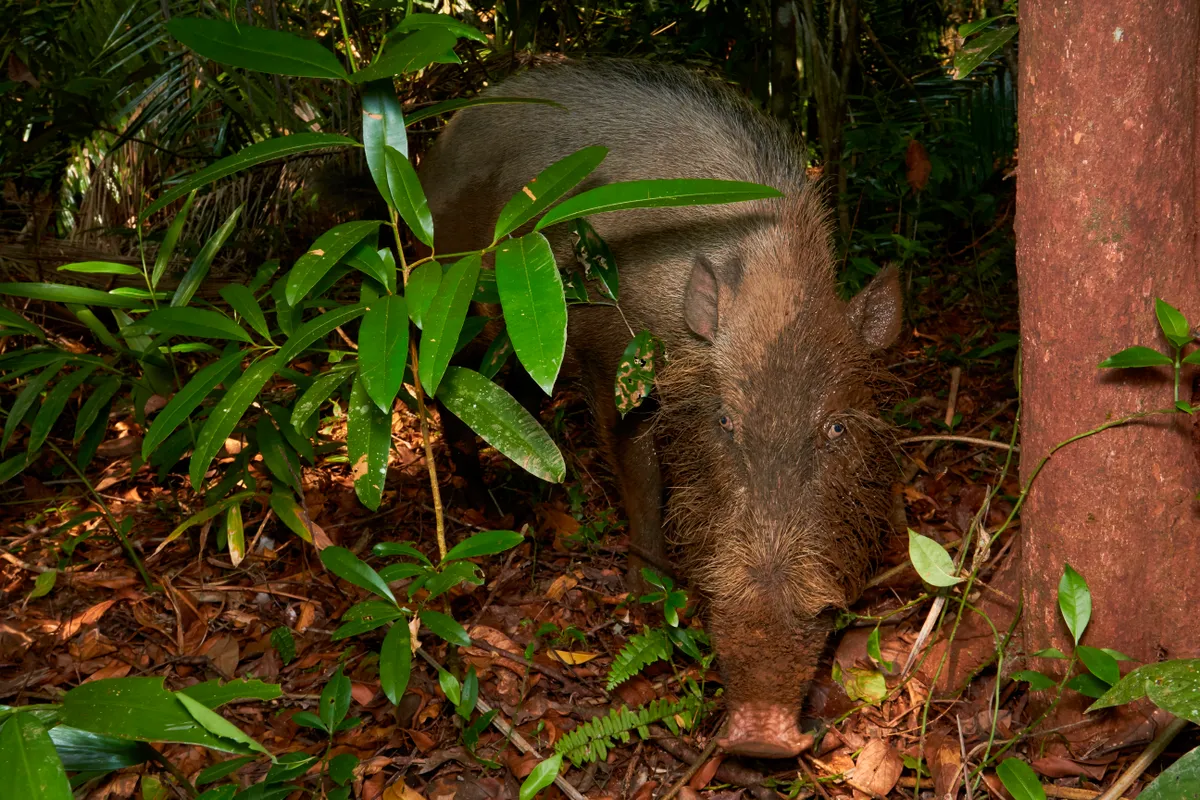
3
Caribou migration, Canada and Alaska
The 170,000 members of the Porcupine caribou herd (a particular subspecies of caribou) travel 640km between their summer and winter ranges.
4
White-eared kob migration, South Sudan
Every year, some 800,000 white-eared kob (a kind of antelope) travel 1,500km through the Sudd wetlands of South Sudan.
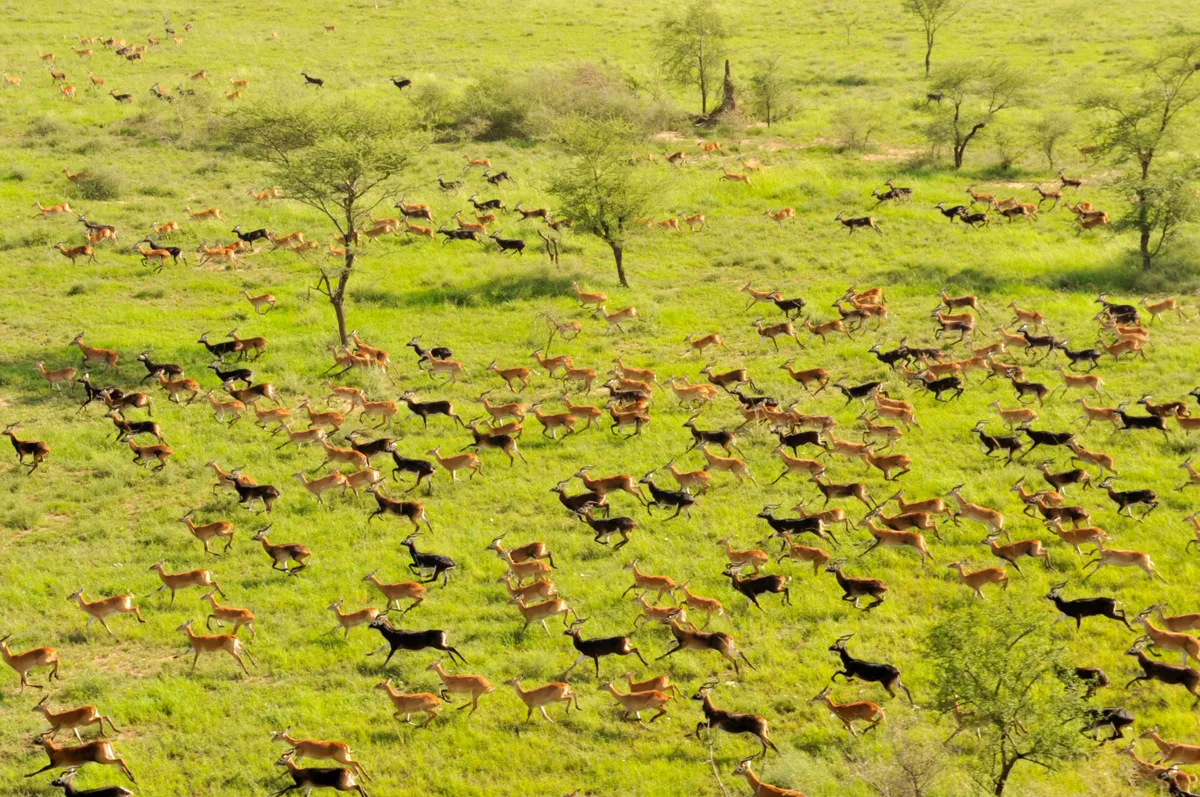
5
Burchell’s zebra migration, Namibia and Botswana
As the crow flies, these zebras travel 500km between Namibia and Botswana every year. The scale of the migration was only discovered in 2014.
6
Straw-coloured bat migration, Zambia
At least 10 million bats arrive in Kasanka National Park from the rainforests of the Democratic Republic of Congo every October. It’s possible they travel up to 2,000km.
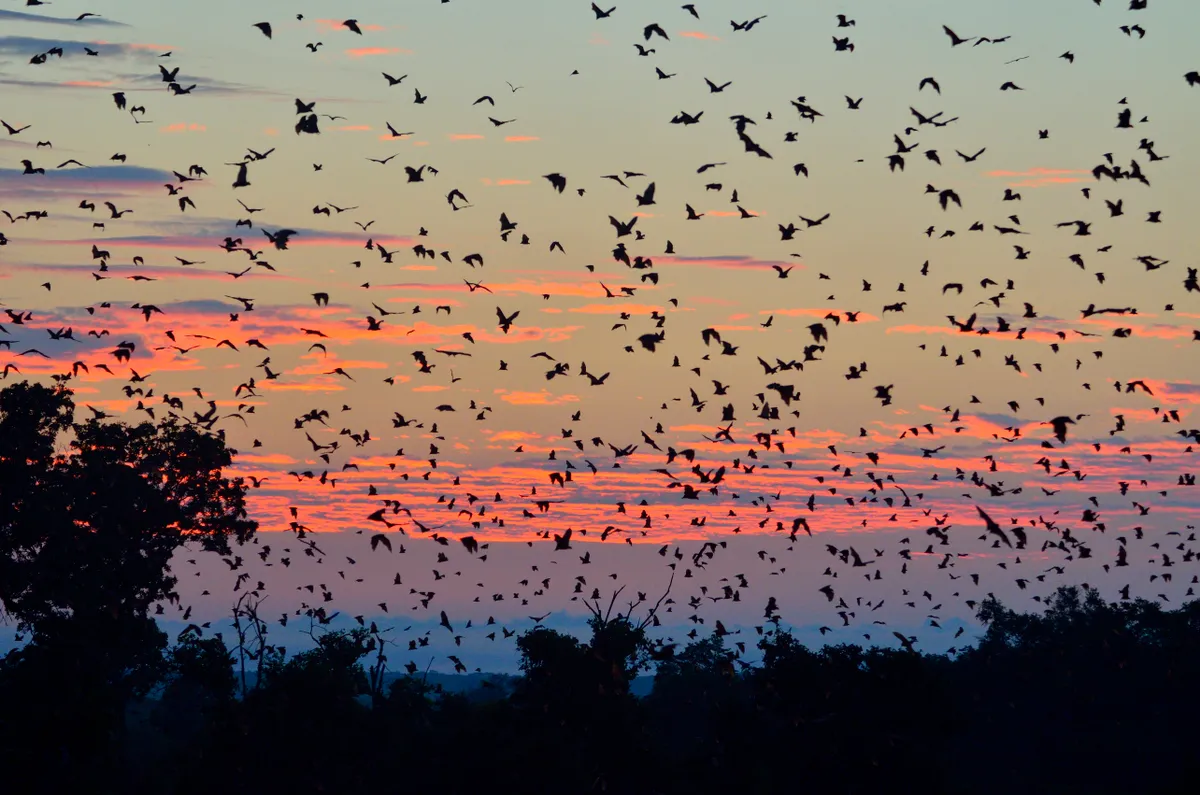
7
Asian elephant migration, Sri Lanka
It’s not a migration, but the dry-season merge of up to 300 Asian elephants in Minneriya National Park, Sri Lanka, is one of the largest elephant gatherings in the world.
8
Chiru antelope migration, Tibetan Plateau
Herds of up to 1,000 female Tibetan antelopes can be seen migrating up to 600km between winter ranges and summer calving grounds.
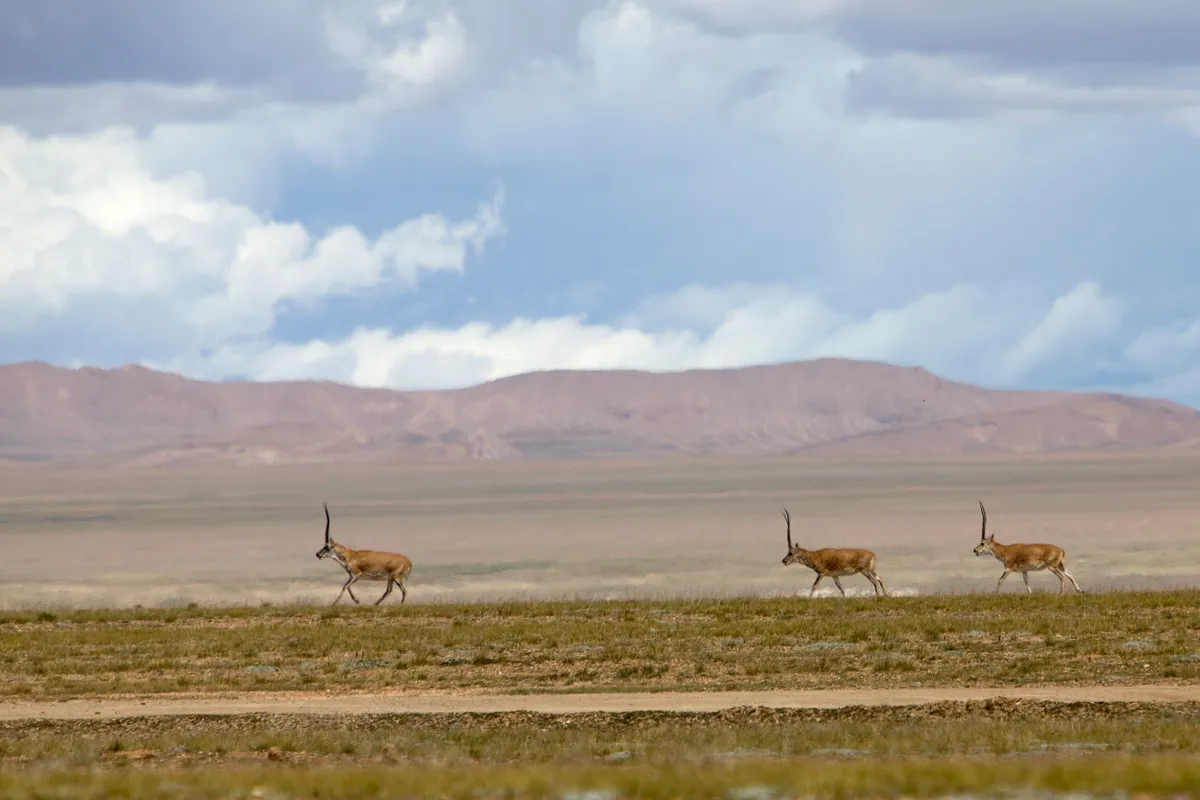
9
Lemming migration, Norway
Lemmings travel huge distances to find new territory. Many drown, but by accident, not mass suicide.
10
Saiga antelope migration, Kazakhstan
The saiga travels 1,000km across the arid steppe of Kazakhstan to reach the best summer grazing.
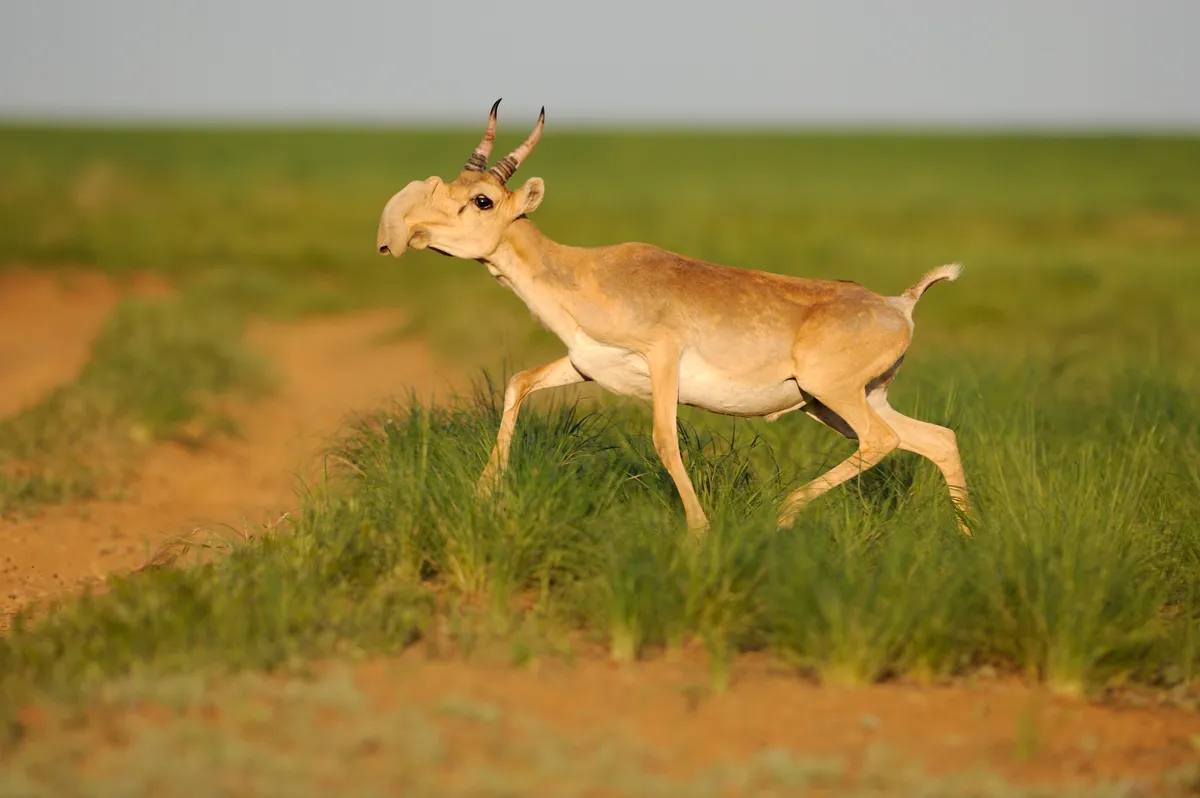
We named the Saiga one of the weirdest animals in the world
These facts originally appeared in BBC Wildlife Magazine's The Big Book of Mammals.
If you haven't had your fill of migration facts yet, how about discovering some of the secrets of bird migration?
Understanding the epic migrations of bar-tailed godwits
Photo © Mike Powles/Getty
